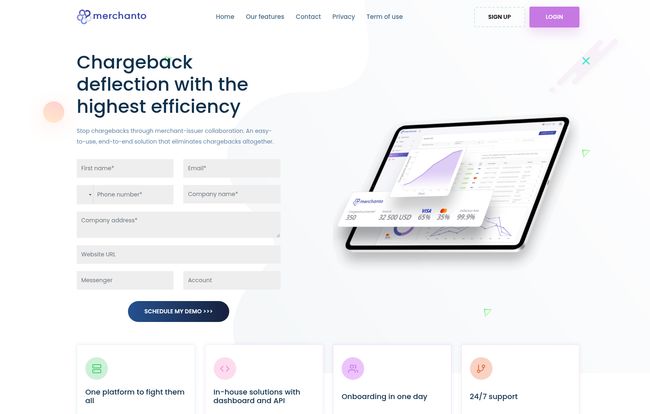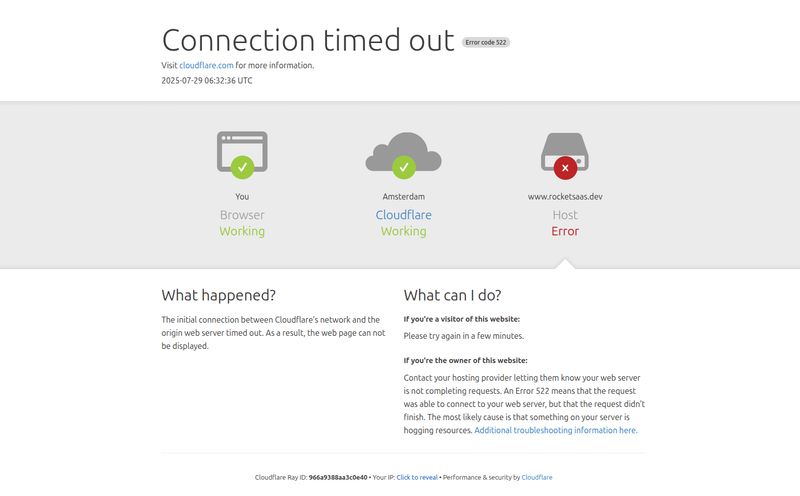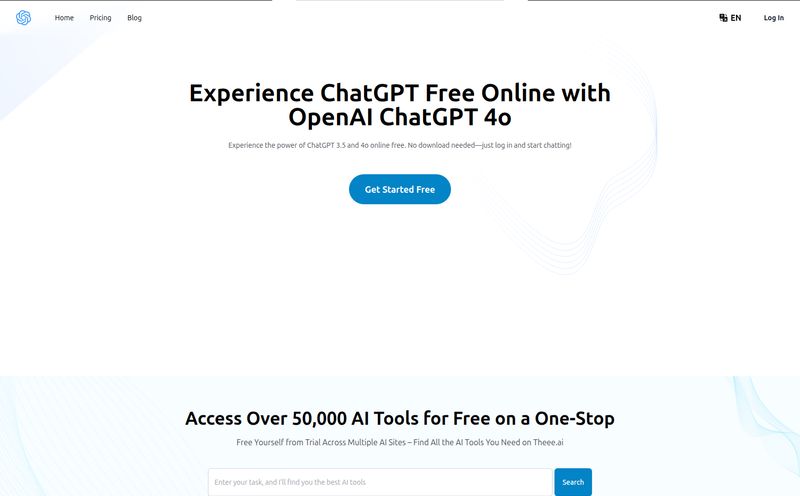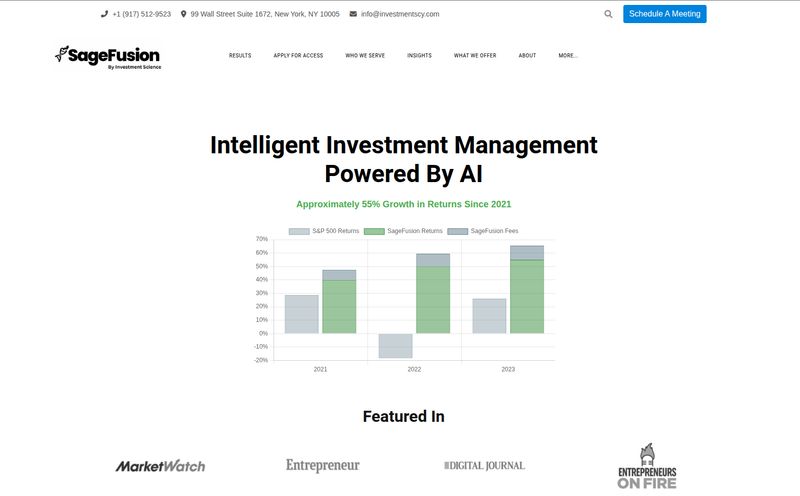Alright, let’s have a real chat. If you’ve been in the trenches of running an online business for more than, say, a week, you know the soul-crushing feeling. That little notification that says “Dispute Opened” or “Chargeback Initiated.” It’s a gut punch. It’s not just the lost revenue; it’s the fee, the time sink, the feeling of being called a thief for a legitimate sale. I’ve seen it cripple small businesses and take huge bites out of the profits of larger ones.
For years, we’ve been told to just deal with it. We fight back with representment, gathering screenshots and shipping confirmations like we’re lawyers preparing for a Supreme Court case. And we often lose anyway. So when a tool like Merchanto comes along claiming it can “eliminate chargebacks altogether,” my inner cynic immediately scoffs. But my inner, battle-worn merchant leans in a little closer. Eliminate them? Not just fight them, but stop them from ever happening? Okay, you have my attention.
I’ve spent the last few days digging into what Merchanto is, what it does, and who it's really for. And what I've found is… interesting. It’s not just another layer of armor; it's a completely different kind of defense.
So, What's the Big Idea Behind Merchanto?
Forget everything you know about the traditional chargeback fight. That old way is a messy, slow-motion battle fought through paperwork and portals. Merchanto’s entire game is built on a simple but powerful concept: direct merchant-issuer collaboration.
Think of it like this. Normally, when a customer disputes a charge, they call their bank (the issuer). The bank, wanting to keep its customer happy, initiates a chargeback. You, the merchant, are the last to know and are immediately on the defensive. It's like your neighbor complaining to the city council about your overgrown lawn before ever bothering to knock on your door.
Merchanto aims to be that knock on the door. By integrating directly with VISA and MasterCard networks, it creates a real-time communication channel. When a customer calls their bank to question a charge, the bank can, through Merchanto’s system, ping you instantly. You get a chance to provide clarifying information (like “That charge was for the digital book they downloaded 30 seconds later”) or issue a refund on the spot, preventing the dispute from ever escalating into a formal, damaging chargeback. It’s proactive, not reactive. And frankly, it’s about time.

Visit Merchanto
A Peek Under the Hood at Merchanto's Features
It’s one thing to have a great idea, but execution is everything. From what I can see on their site and from my own experience with similar platforms, the value is in the plumbing. And Merchanto seems to have some serious pipes.
Direct Lines to the Big Players: VISA and MasterCard
This is the cornerstone of the whole operation. This isn’t some third-party scraping tool; Merchanto has built API connections that plug directly into the big two card networks. This is huge. It’s what makes the “near-real-time” communication possible. It’s the difference between sending a letter and making a direct phone call. For anyone who has waited weeks for a chargeback resolution, the speed alone is a game-changer.
Real-Time Alerts and Deflection in Action
This is where the magic happens. A customer is confused about a charge from “MERCHAwesomePants” on their statement. They call their bank. The bank teller, instead of just clicking “start chargeback,” sees an alert via the Merchanto integration. They can then see the data you’ve provided—like a digital receipt or product description—or you can be alerted to offer a refund. The customer gets their answer or their money back, the bank avoids a lengthy process, and you avoid a chargeback. Everybody wins. This process, often part of what's known in the industry as Visa Resolve Online (VROL) and Mastercard's MasterCom, is made accessible and streamlined through Merchanto's platform.
The Brains of the Operation: Is the AI Actually Smart?
“Advanced AI and Machine Learning” gets thrown around so much it’s almost lost all meaning. But here, it actually has a practical application. The system can analyze transaction data to spot patterns that might indicate so-called “friendly fraud” versus legitimate confusion. Over time, it can help you and the issuer make smarter, faster decisions, potentially even automating resolutions for common, low-risk disputes. It's less about a robot taking over and more about a system that gets smarter with every interaction, helping you focus on the complex cases.
The Good, The Bad, and The Complicated
No tool is perfect. As a professional, I've learned to celebrate the good while keeping a very keen eye on the potential drawbacks. It's only fair to you that I lay it all out.
On the plus side, the benefits are clear and powerful. The potential to nearly eliminate chargebacks is the headline act. The platform itself looks clean and user-friendly, and the promise of onboarding in one day is a breath of fresh air for anyone who has been through a six-month integration nightmare. The 24/7 support is a nice touch, because fraud doesn’t sleep. The access to transparent stats is also a major win; knowing your success rates and which issuers are playing ball is critical for strategy.
However, there are a couple of elephants in the room. First, the pricing. It’s nowhere on the site. You have to schedule a demo. I get it, this is a common B2B sales model for customized solutions, but I always find it a bit frustrating. It means the price is likely tailored to your transaction volume and needs, which is good, but it prevents you from doing a quick cost-benefit analysis on your own. You have to commit to the sales call.
The second, and more important caveat, is that the entire system’s effectiveness hinges on issuer participation. Merchanto can have the slickest platform in the world, but if your customer’s bank in Omaha isn’t part of the network, that direct communication channel doesn’t exist for that transaction. The reach is described as “global” with “thousands of participating issuers,” which is promising. But it's not 100% universal. It's a numbers game, and the odds get better as more banks join in.
Who Is This Really For? The Small Shop or The Big Enterprise?
So, should you be scheduling that demo?
In my opinion, Merchanto feels best suited for medium-to-large businesses or any company where chargebacks represent a significant, painful line item in the budget. If you're dealing with hundreds or thousands of transactions a month and a steady stream of disputes, the ROI on a tool like this could be massive, even with a custom price tag. The API connections and direct network partnerships scream “we’re built to scale.”
For the small Shopify store owner just starting out? It might be overkill. But… if you’re in a high-risk industry (like digital goods, supplements, or subscription boxes) where chargebacks are rampant regardless of your size, investigating a solution like this early on could save you from getting shut down by payment processors later. Its a preventative measure, and prevention is almost always cheaper than the cure.
My Final Take: Is Merchanto Worth a Shot?
After looking at it from all angles, I'm genuinely optimistic about what Merchanto represents. It’s a shift in mindset. For too long, we merchants have been passive victims in the chargeback process. This technology empowers us to get involved before the damage is done.
Yes, the lack of public pricing is a hurdle, and its power is tied to its network's size. But the core proposition—stopping chargebacks by opening a direct line of communication to the bank—is exactly what the industry needs. It treats the disease, not just the symptoms.
If chargebacks are a recurring nightmare for your business, I’d say scheduling a demo is a no-brainer. Go in with a clear understanding of your current chargeback volume and the costs associated with it. The worst that can happen is you learn a little more about the future of fraud prevention. The best? You might just eliminate chargebacks for good.
Frequently Asked Questions
- How does Merchanto actually eliminate chargebacks?
- It works by intercepting a customer dispute at the source. When a customer calls their bank (the issuer), Merchanto's platform allows the bank to instantly communicate with you (the merchant). This gives you a chance to resolve the issue with a refund or by providing transaction details before it's ever filed as a formal, damaging chargeback.
- What is merchant-issuer collaboration?
- It’s the formal term for the direct communication channel that Merchanto facilitates. Instead of a slow, clunky process where information passes through multiple layers of the card network, it's a direct connection between the business and the customer's bank to solve disputes quickly.
- Is Merchanto available everywhere?
- Merchanto has what they call a "Global Reach" through its direct partnerships with VISA and MasterCard. However, its effectiveness in any given transaction depends on whether that specific card issuer (the customer's bank) is part of their collaborative network. The network is large but not all-encompassing.
- How much does Merchanto cost?
- Merchanto does not list pricing publicly on its website. This is typical for enterprise-grade solutions. You need to schedule a demo with their team to get a quote based on your company's size, transaction volume, and specific needs.
- How difficult is it to integrate Merchanto?
- They claim you can be onboarded in a single day. This suggests a well-supported process, likely managed through a modern API and a dedicated support team to help you get everything connected and running smoothly.
- Does this stop all types of fraud?
- Merchanto is specifically designed to deflect chargebacks, which often includes cases of "friendly fraud" (where a customer disputes a legitimate charge) or customer confusion. It is not a comprehensive solution for stopping criminal fraud attempts at the point of sale, which requires different tools.
Conclusion
The constant battle against chargebacks is one of the most draining aspects of e-commerce. Tools like Merchanto signal a welcome change in the wind, moving away from defensive fighting and towards proactive resolution. It's an ambitious platform built on a very smart idea. By bridging the gap between merchants and issuers, it offers a real chance to not just manage chargebacks, but to make them a thing of the past. And for any business owner who has stared at a dispute report in despair, that’s a very exciting prospect indeed.


